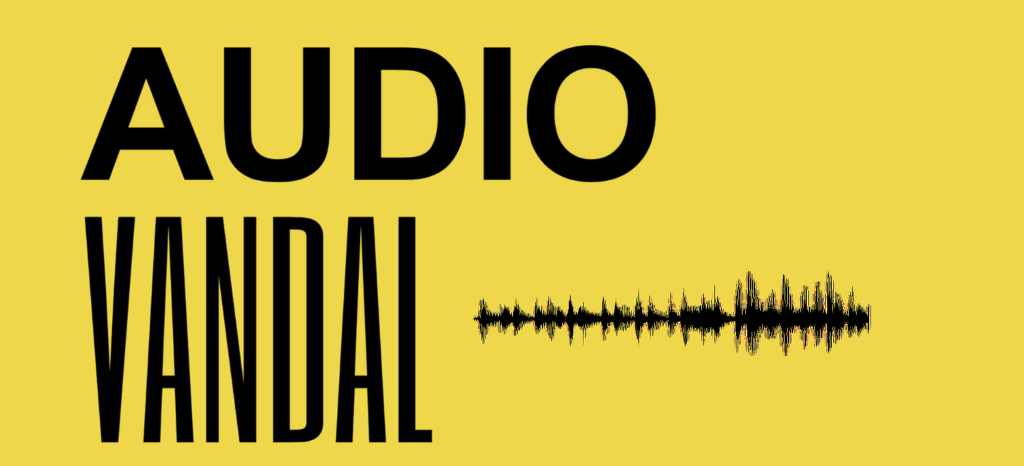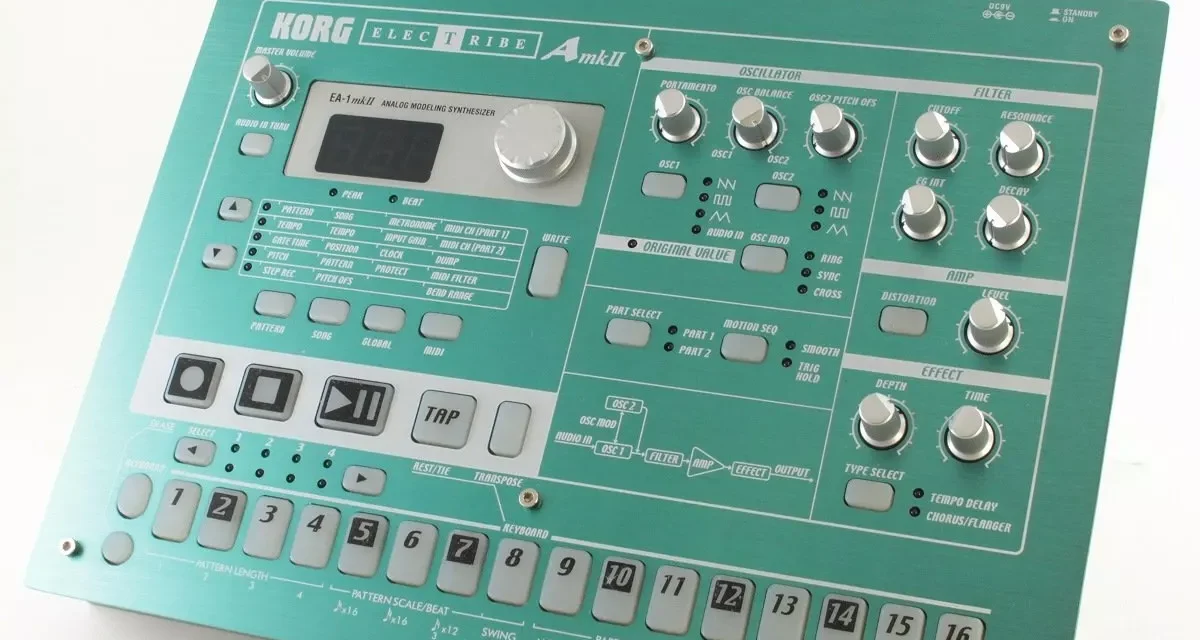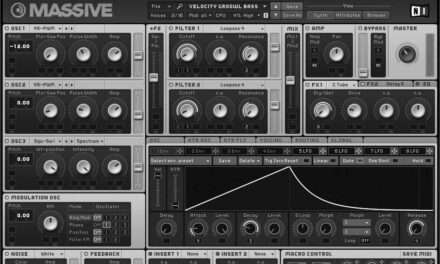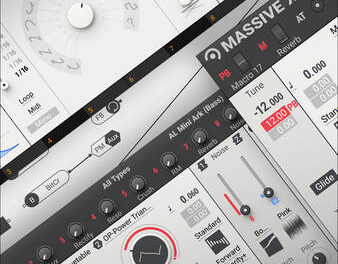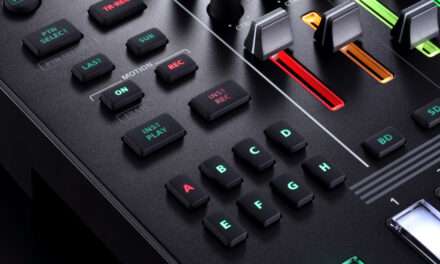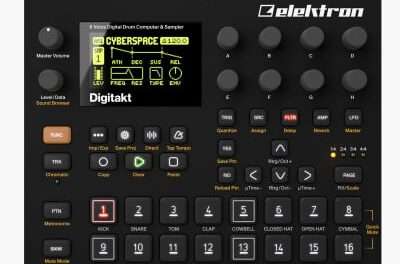The Korg EA-1mkII is a compact and versatile analog modeling synth and groovebox that has been a favorite among electronic musicians since its release in 1999. Known for its hands-on controls, punchy sound, and intuitive workflow, the EA-1mkII is perfect for creating basslines, leads, and rhythmic patterns. If you’re new to the EA-1mkII, this tutorial will guide you through the basics and help you unlock its full potential. Let’s dive in!
Step 1: Getting Started
- Power Up: Connect the EA-1mkII to power using the included adapter or batteries. Turn it on using the power switch.
- Familiarize Yourself with the Interface: The EA-1mkII features two synth parts (Part A and Part B), each with its own sequencer, knobs for sound shaping, and a grid of buttons for pattern programming. Take a moment to explore the layout.
Step 2: Playing Sounds
- Select a Part: Press the PART SELECT button to choose either Part A or Part B.
- Choose a Sound: Use the WAVE knob to select a waveform (e.g., sawtooth, square, noise). Each part has its own sound engine, so you can create two different sounds simultaneously.
- Play the Keyboard: Use the 16-step buttons as a keyboard to play notes. The buttons are velocity-sensitive, so pressing them harder or softer will change the dynamics.
Step 3: Creating a Pattern in Real Time
- Enter Record Mode: Press the REC button. The EA-1mkII will start recording your input.
- Play Your Pattern: Tap the step buttons to input notes in real time. Each button corresponds to a step in the sequence (1-16 by default).
- Adjust Note Length: Use the GATE TIME knob to change the length of each note.
- Stop Recording: Press STOP when you’re finished. Your pattern will now be saved.
Step 4: Programming a Pattern in Step Mode
- Enter Step Mode: Press REC, then press STEP to switch to step recording mode.
- Select a Step: Use the step buttons to choose which step you want to program.
- Input Notes: Press the step buttons to add notes to your pattern. You can also adjust the pitch using the PITCH knob.
- Repeat for Other Steps: Program additional steps to build a full pattern.
Step 5: Sound Design Basics
- Adjust the Filter: Use the CUTOFF and RESONANCE knobs to shape the tone of your sound. The filter is one of the EA-1mkII’s standout features, offering everything from smooth sweeps to aggressive squelches.
- Modulate the Sound: Use the MODULATION knob to add movement to your sound. You can modulate the pitch, filter, or amplitude for dynamic effects.
- Add Effects: Use the DELAY knob to add a delay effect, which can create space and depth in your patterns.
Step 6: Using Motion Sequencing
- Enter Motion Record Mode: Press REC, then press MOTION to enable motion sequencing.
- Record Parameter Changes: Twist any knob (e.g., cutoff, resonance, pitch) while the pattern is playing. The EA-1mkII will record these changes and play them back automatically.
- Edit Motion Data: Use the step buttons to edit or delete motion data for specific steps.
Step 7: Chaining Patterns
- Select a Pattern: Use the PATTERN buttons to choose a pattern (1-16).
- Chain Patterns: Press CHAIN, then select the patterns you want to link together. This allows you to create longer sequences and full songs.
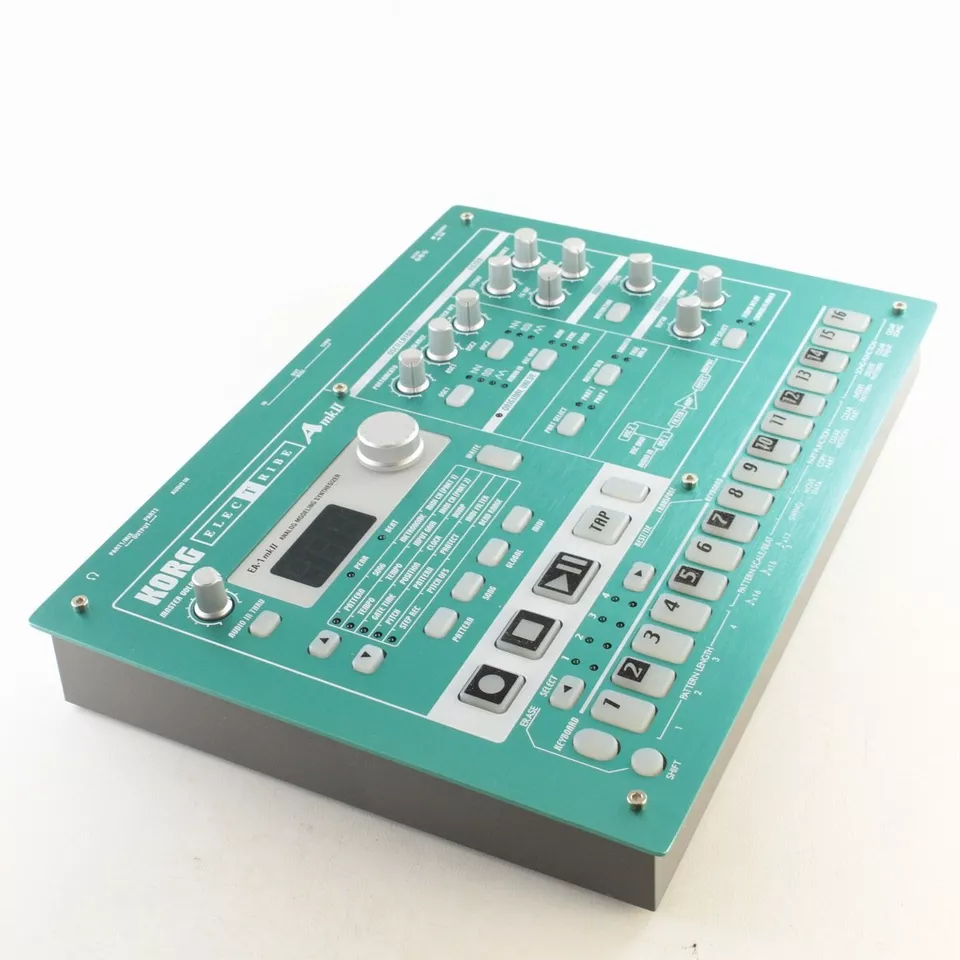
Step 8: Syncing with Other Gear
- Sync via MIDI: Connect the EA-1mkII to other MIDI-compatible devices using the MIDI IN/OUT ports. This allows you to sync the EA-1mkII’s sequencer with external gear.
- Sync via Sync In/Out: Use the sync ports to connect the EA-1mkII to other Korg Electribe units or compatible devices.
Tips for Success
- Experiment with Waveforms: Try combining different waveforms in Part A and Part B to create unique sounds.
- Use Motion Sequencing: Motion sequencing is one of the EA-1mkII’s most powerful features. Use it to add dynamic changes to your patterns.
- Layer Patterns: Create patterns in both Part A and Part B, then play them together for more complex arrangements.
- Read the Manual: The EA-1mkII’s manual is a great resource for diving deeper into its features.
Final Thoughts
The Korg EA-1mkII is a fun and versatile groovebox that’s perfect for creating basslines, leads, and rhythmic patterns. Its hands-on controls and intuitive workflow make it a great choice for beginners, while its sound design capabilities and motion sequencing ensure it remains a favorite among experienced musicians. Whether you’re jamming at home or performing live, the EA-1mkII is a powerful tool for bringing your musical ideas to life.
So power up your EA-1mkII, start twisting those knobs, and let the creativity flow. Happy sequencing!

